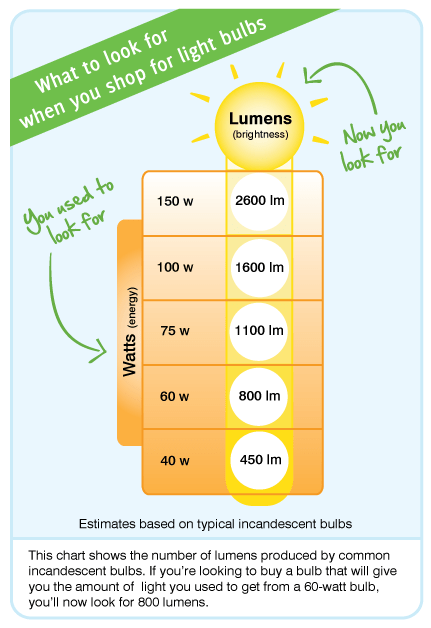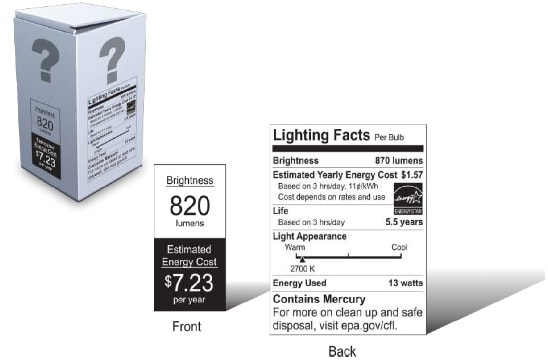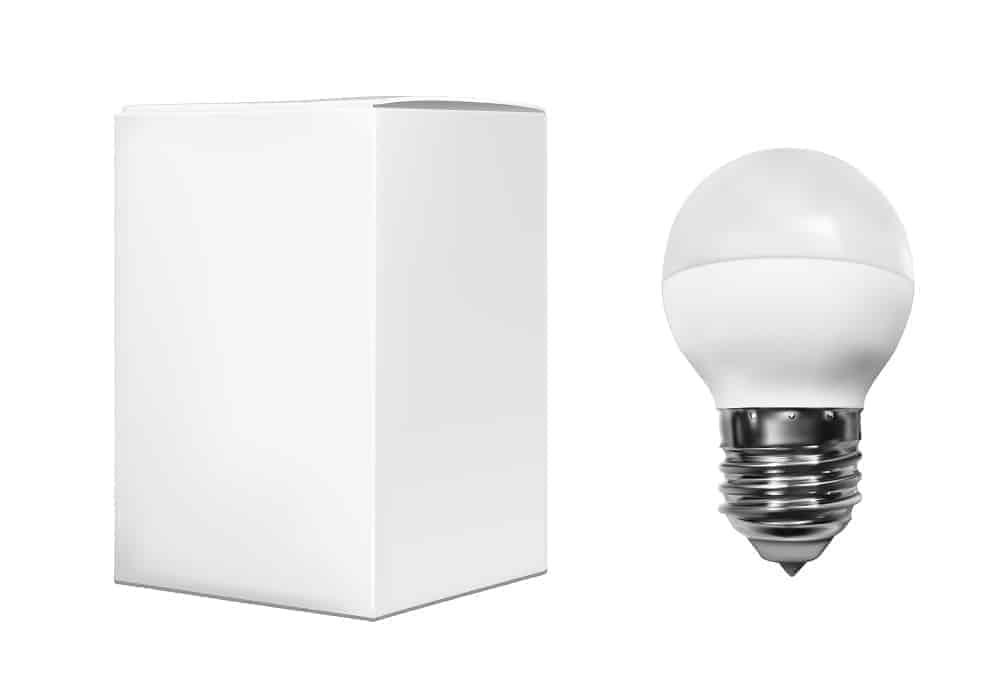Electricity has been around for a long time. We’ve known about static electricity since the 1600s, but Ben Franklin didn’t make the lightning connection until 1759. Then we got Edison’s light bulb patent in 1879. At that point, it was all about wattage and voltage.
But then in 1962, LEDs were invented, and now that we’re firmly in the 2020s, the focus is on lumens. Before you get completely lost, we need to go over the two basic terms that we’re discussing here. Both lumens and watts are common units in the light bulb space.
Lumens vs Watts
But while lumens tell you how bright your bulb is, watts tell you how high your bill will be. Lumens refer to the amount of light you can see, while watts calculate the amount of power that gets used up. These are the two main factors to keep in mind when you need to put a fresh light bulb in your socket.
For instance:

- With new light bulbs, shopping by lumens will be more important than shopping by watts when choosing which energy-efficient bulb to purchase.40-watt incandescent bulb = 450 lumens
- 60-watt incandescent bulb = 800 lumens
- 100-watt incandescent bulb = 1600 lumens
New Labels

The Federal Trade Commission has worked with manufacturers to develop a new label to help consumers purchasing energy-saving bulbs. It looks similar to nutrition labels on food and will have more concise information about the bulb’s output and savings (seen in the image on the right).
The labels will include:
- Brightness (in lumens),
- Estimated Yearly Energy Cost,
- Life-expectancy of the bulb,
- Light appearance and,
- Energy used.

Manufacturers are also changing the look of their overall packaging to help even more. For instance, the CFL in the photo on the right says the Sylvania Super Saver CFL is a replacement for a 100-watt bulb with a lumen (brightness) output of 1500. The energy used is 24 watts, saving you $60 in energy costs and will last for 7 years. The color is a soft white, which is similar to soft white incandescent bulbs.
Remember, an easy way to compare bulbs is to use the government label, which should appear on all bulbs by January 2012.
Let’s go through the steps involved when you’re shopping for light fixtures.
How to Choose the Right LED Replacement Bulb
Step 1: Check your old bulb

You probably don’t have the original box that your light bulb came in. Most of us throw them away as soon as we get home from the store. The more litter-conscious among us might put the old bulb into the new box before throwing them both away. This reduces the chances of someone cutting themselves on the old glass bulb as they handle your household trash.
But before you discard your old light bulb, study it to see if there are any markings on it. Many bulbs will have the wattage and voltage indicated on the glass. They might have other information as well, like where the bulb was manufactured or what its batch number is. If you’re shopping in person, you can carry the old bulb to the hardware store as a reference point.
It helps to be aware of the differences in measurement. Voltage is the amount of electricity that passes through your circuits at any given time. Watts are the amount of electricity any device uses up in a second. Lumens describe the volume of visible light you can see. So – for example – a wax candle has lumens, but it has no watts or volts because it doesn’t use electricity. Check for:
- Volts = Amount of electricity available (power supply)
- Watts = Amount of electricity used per second (power usage)
- Lumens = Amount of light you can actually see (brightness)
- Temperature = Warmth or coolness of the light color (measured in degrees kelvin)
Step 2: Account for function and location
What are you using this bulb for, and what part of the house or office does it sit in? A flashlight bulb doesn’t need to be strong. Especially if it’s just for checking dark stores or circuit boxes. But a camping flashlight needs a long beam so you can navigate farther distances in the dark. On the other hand, a desk lamp in a lab may need to be extr
